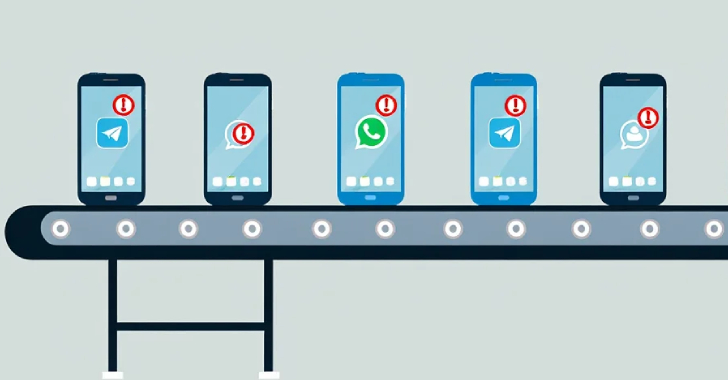Cheap Android smartphones manufactured by Chinese companies have been observed pre-installed with trojanized apps masquerading as WhatsApp and Telegram that contain cryptocurrency clipper functionality as part of a campaign since June 2024.
While using malware-laced apps to steal financial information is not a new phenomenon, the new findings from Russian antivirus vendor Doctor Web point to






